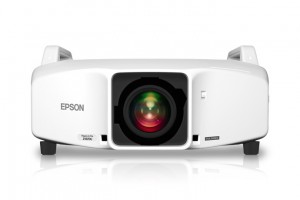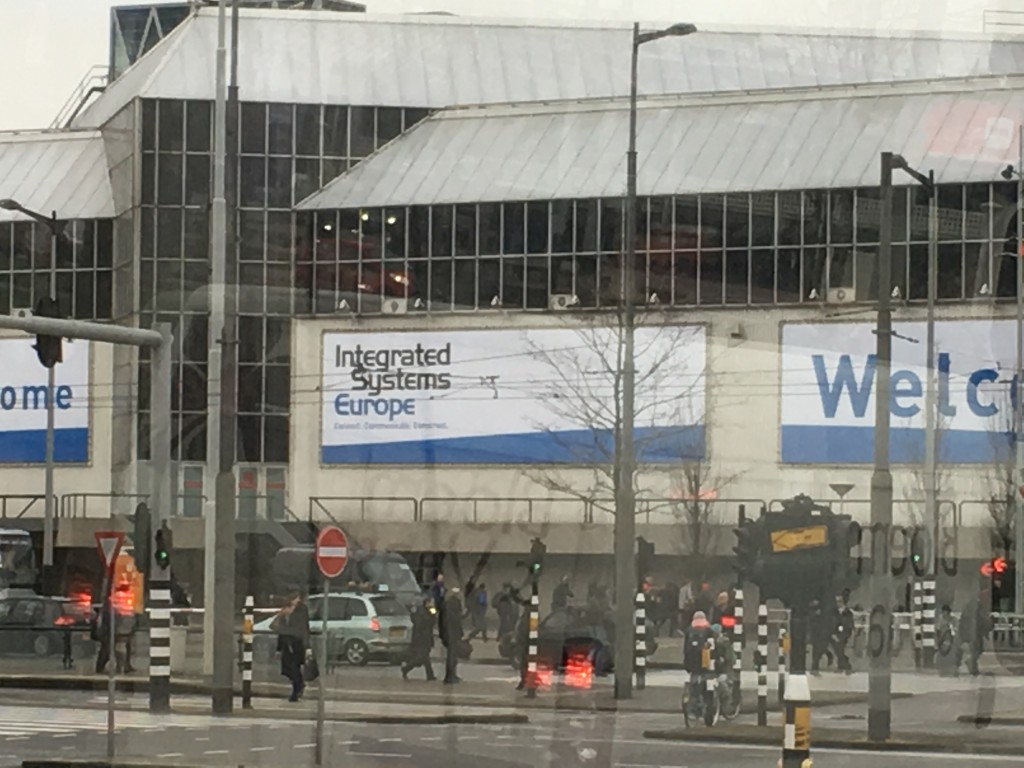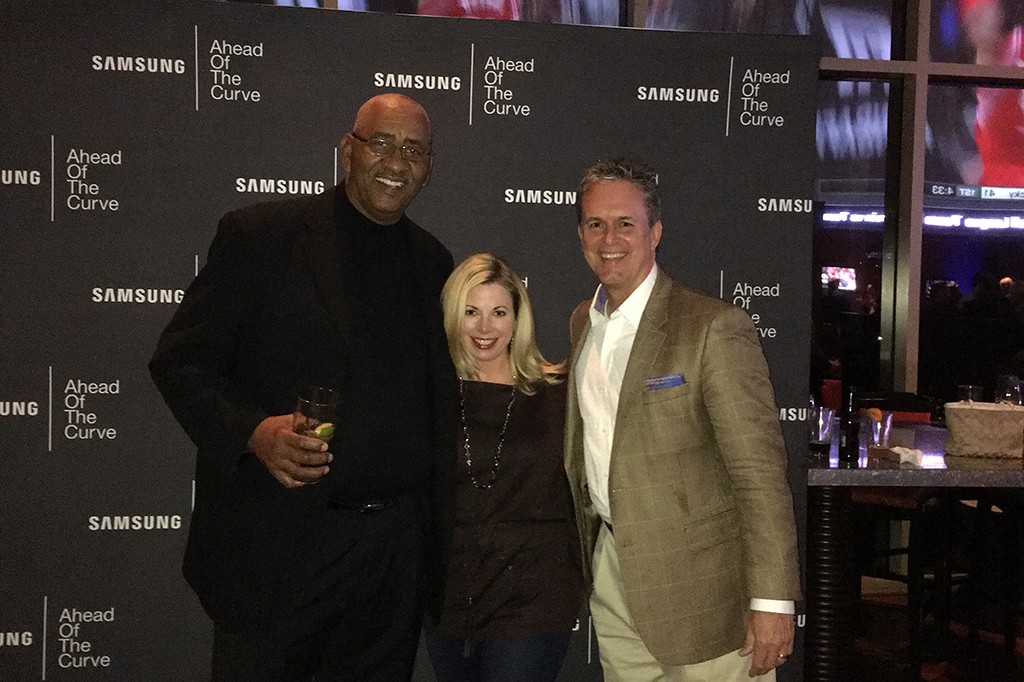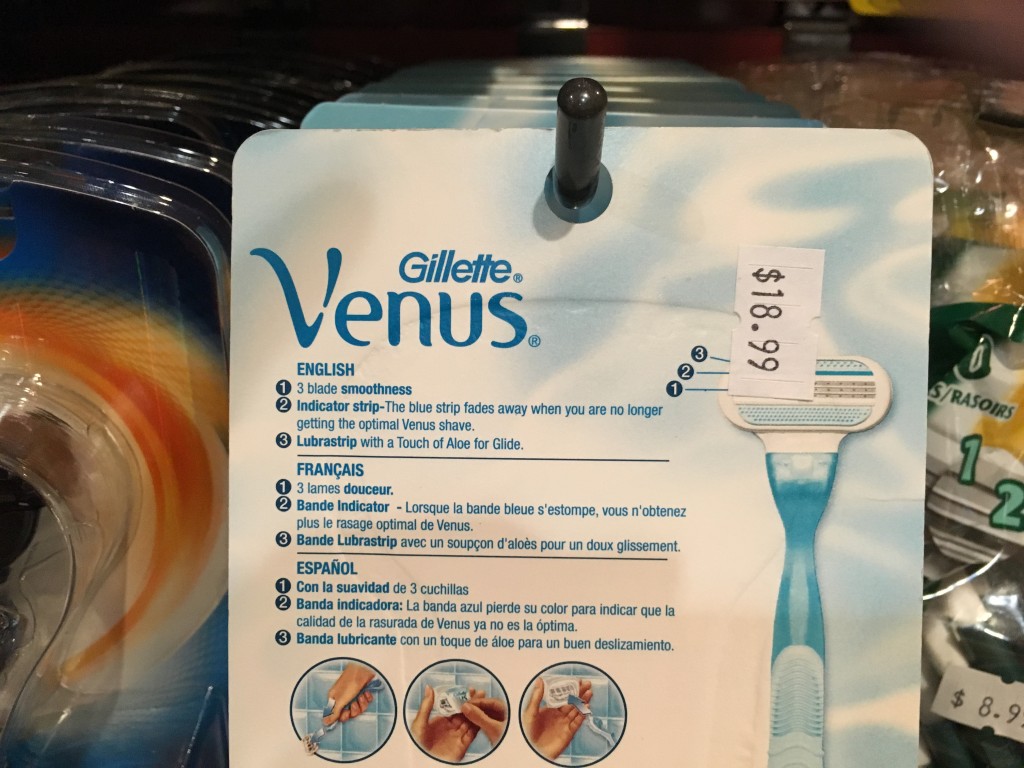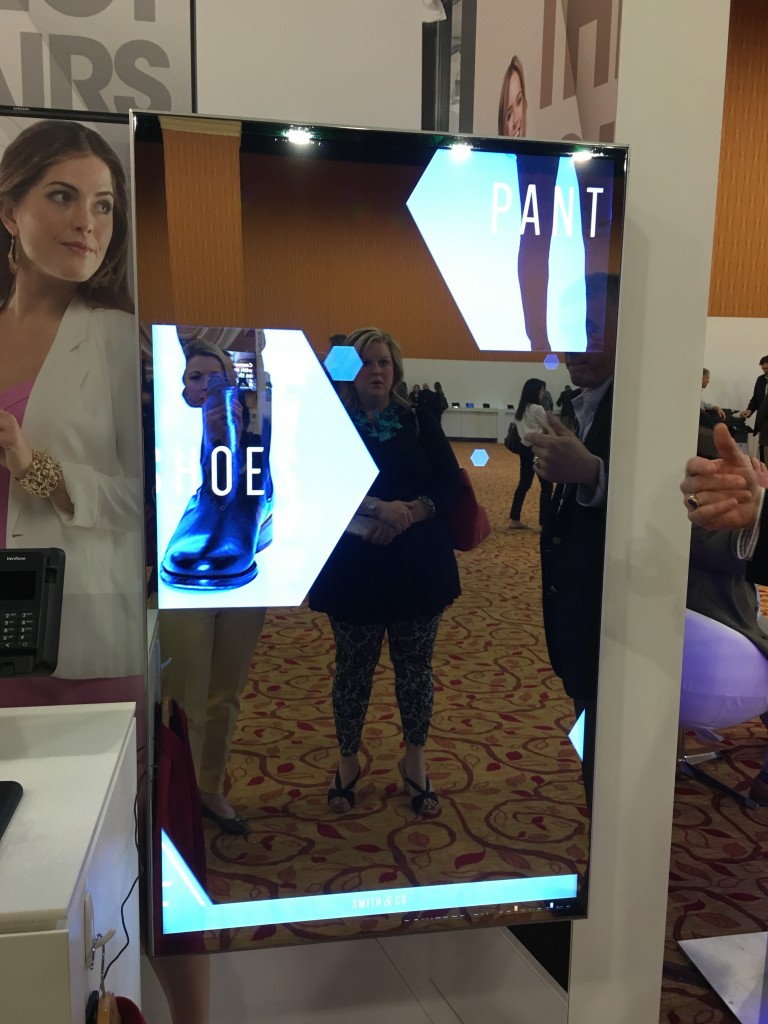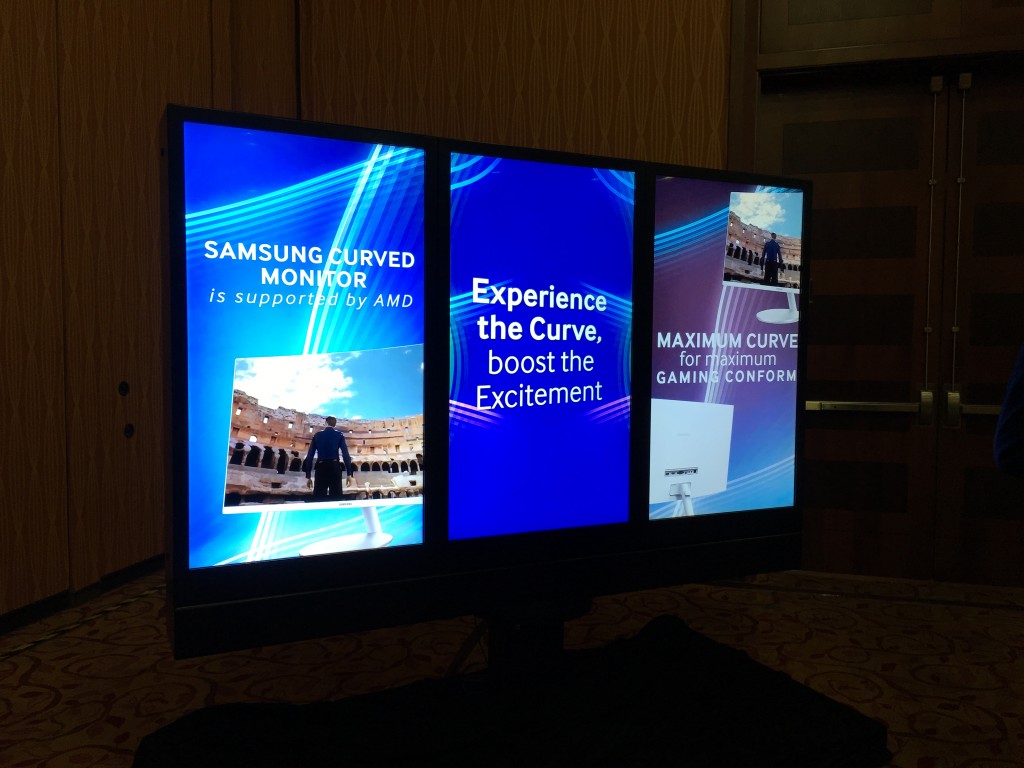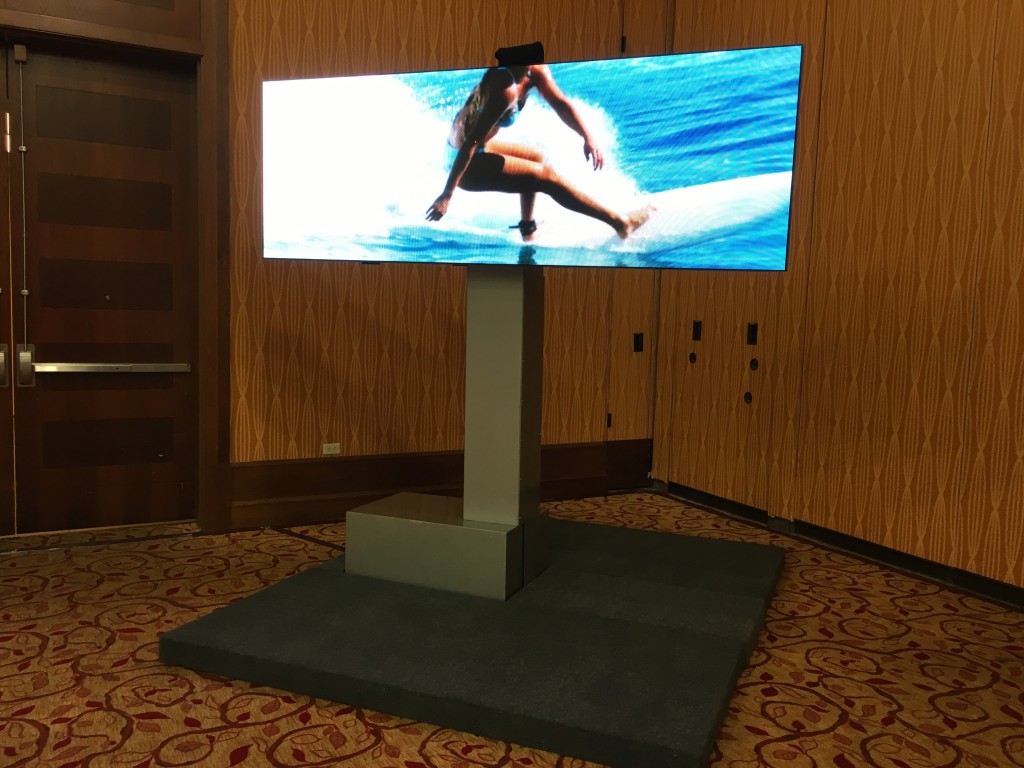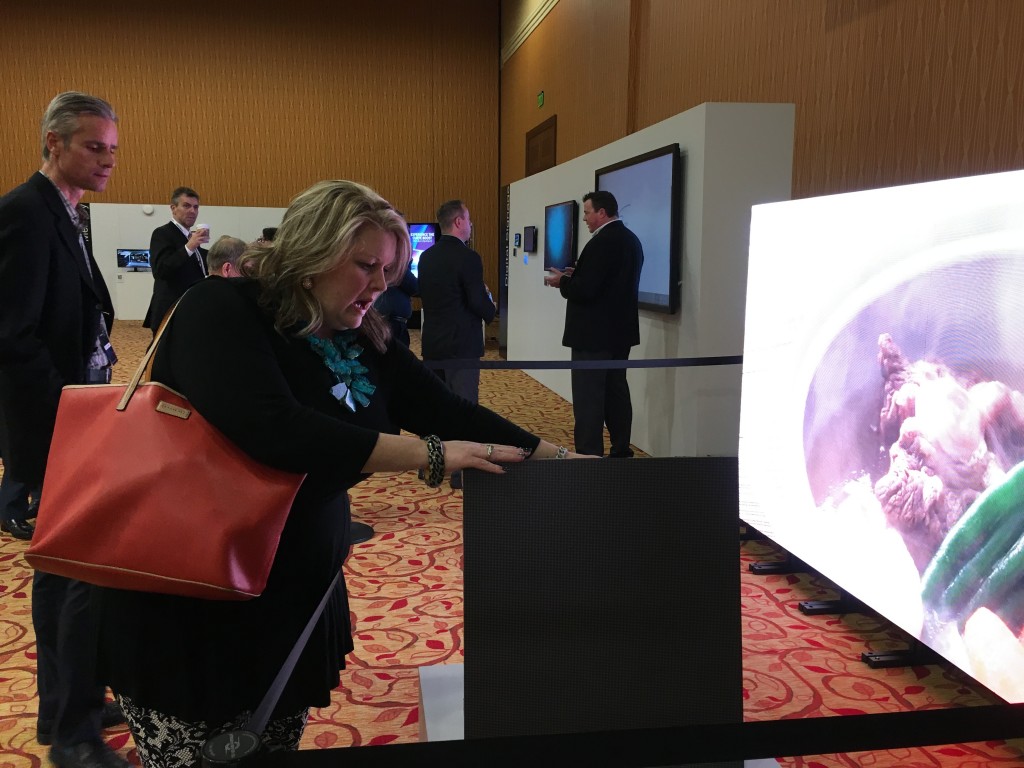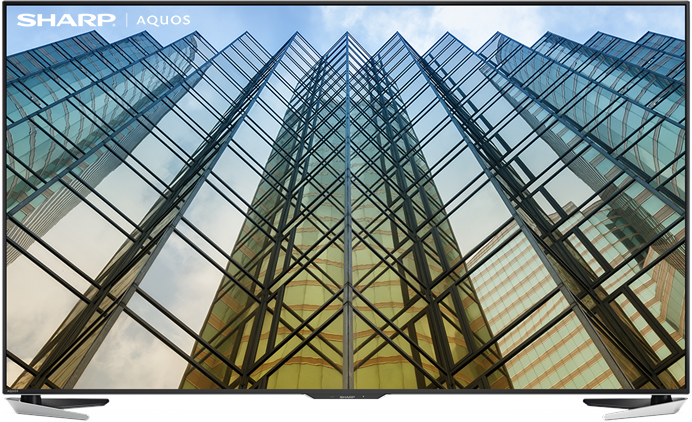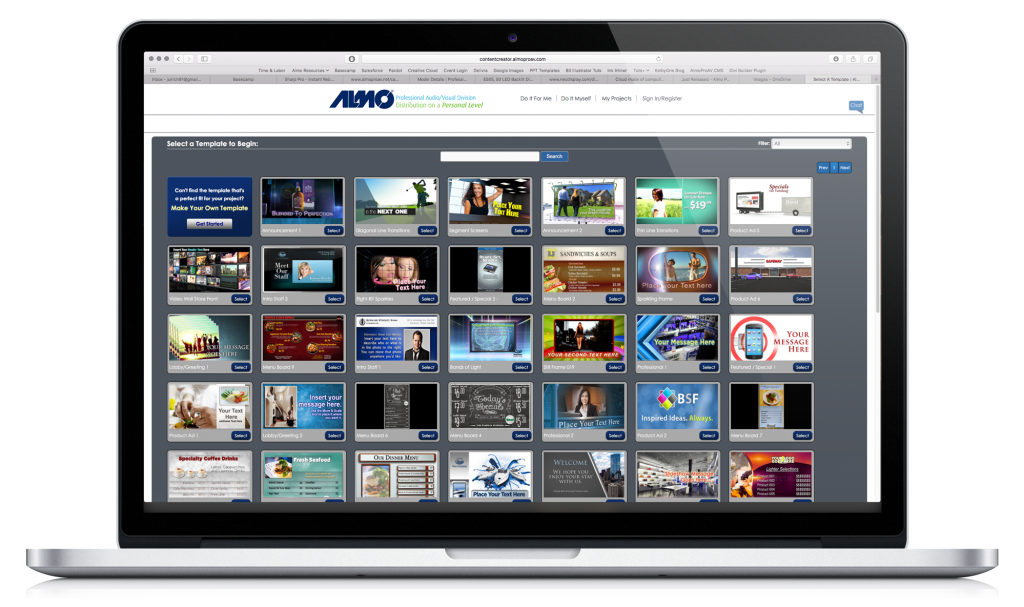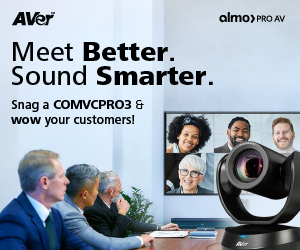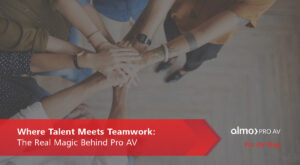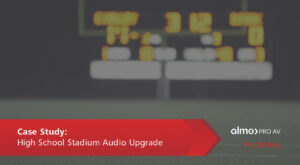The global digital signage market size was estimated at around 23 billion in 2021 and is expected to expand at a compound
annual growth rate of 7.7% from 2022 to 2030, with the largest market being North America. We’ve all seen digital signage in our daily lives and have come to expect it when we walk into a hotel, retail location, or even a corporate office. So, why are so many Pro AV integrators hesitant to make it a part of their business plan? Choices… too many of them. There are literally hundreds of CMS (Content Management System) providers currently on the market, and many integrators aren’t sure which one offers their client what they need.
Many CMS providers have attempted to make digital signage appear simple, and some have been relatively successful. The truth of it is, if it’s too simple, it probably lacks some necessary functionality. If not for your current client, most likely for the next one. Since digital signage is so varied, the software needed could never be simple while still addressing the needs of every client.
The Reason Why
So, why should a Pro AV integrator ever get involved in such a mired mess? I’ll give you a couple of reasons. First, if you’re not doing it, your competitor probably is. Second, the market is HUGE, and continues to grow at near double digits each year. Digital signage offers the unique ability to engage with your client on an annual basis, at a minimum, and develop a recurring revenue stream that builds profitability over time.
Digital signage was originally known as digital out of home advertising but is now used as a method of digital communication. It communicates ideas, data, dates, times, events, news, weather, inspiration, etc. My fingers would fall off before I can list the various uses, and there are people finding new ways every day. It’s here to stay, so you might as well jump on board. The first step is creating a strategy that doesn’t put a strain on your company, while still being able to offer everything needed for your sophisticated clients.
Step 1 – Find a Partner
Even though there are so many uses, and hundreds of software choices to help facilitate those uses, it all boils down to methods of communication. Just as there are many methods to create a beautiful painting, it still comes down to a brush, some pigment, and something to paint on. For signage, it’s content, a way to manage the content, and a display on which to play the content. As an integrator, you serve as a resource to the end user, but you don’t need to paint the picture for them – just set up the brush and canvas, and let the painters do their work.
Most projects are pretty straight forward, but for those that require a bit more, there are digital signage experts that spend their day knee-deep in the inner workings and are willing to provide assistance. The key to a successful strategy is finding a partner that has enough options to choose from, while still remaining knowledgeable in each option enough to guide you to provide the best solution for your client. These partners can be value added distributors, digital signage content creation firms, or even local digital signage integrators. This step is the key to developing a strategy, without having to hire a slew of experts internally. There are partners, like Exertis Almo, that offer a number of options, both in hardware and software, and can provide the resources needed to help with almost any digital signage project you run into. They also have some key partners that they work with to provide things not covered by the hardware or software.
Step 2 – The Committee
After securing a partner that provides resources and expertise needed, the next step is getting the key players from your client together. This is something that Pro AV integrators are extremely qualified for. Knowing your clients and developing relationships within that client is something nobody else can do for you.
The most important thing an integrator can do to ensure a successful project is get the correct people involved. Many projects are relegated to the IT department of an end user, but shouldn’t stop there. In order to be successful, we need to involve any person that will be involved with the digital signage. This should be a formal or informal committee that the end user has put together. This committee should consist of key people that will utilize the system in some way. I suggest including marketing, IT, facilities, HR, and the CEO or other officer responsible for saying “yes” to the project. You should also include the person responsible for the day to day management of the content, even if it’s a part time administrative assistant.
Having a digital signage partner doesn’t mean you’re done with the project. It just allows you to do what you do best and leave some of the technical aspects of signage to someone else. This eliminates a lot of the time suck that can be associated with signage.
Step 3 – Needs Analysis
This portion can be done via a video conference with your signage partner, or there are a few key questions you can ask your client to start the process.
No matter if you are passing the information over to a partner that will run with the rest of the project, or passing it on to an internal resource to finish out the project, there are 5 key questions you can ask to help provide direction. The great thing about these questions is they don’t require any in-depth knowledge of signage.
- What is the overall objective of the digital signage?
- Who will be responsible managing the content, and do they have technical skills? List everyone that will “touch” the system and indicate what responsibility they will have.
- Will the digital signage be interactive or pull from a data source? Weather, news, PowerBI, database? If so, please provide details.
- Do you have a preference for on-premise or a cloud solution?
- Who is creating the content, and how will it be kept timely and relative?
After the needs analysis has been completed, your signage partner should be able to suggest a combination of hardware, software, and additional services that fit the needs of your client. These services can even include installation services, which can further aid in making sure you are able to service your client best, without any additional strain on your company.
Step 4 – Deployment
As a system integrator, this should be right in your wheelhouse. Because signage hardware includes an IT element, making sure you have the correct people involved is key. I suggest involving your signage partner in the planning and possibly in the actual deployment. The key to a successful deployment can sometimes hinge on having a resource for contingencies.
__________
To discuss the strategies above, or to hear more about how Exertis Almo can help you develop a customized strategy for your client, please contact me via
email.
Good luck!

